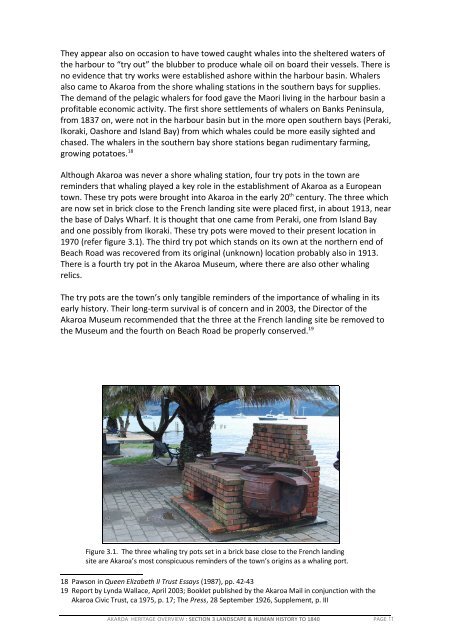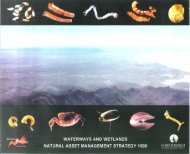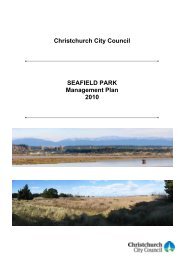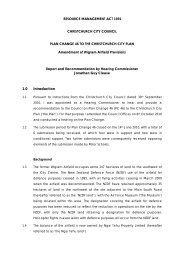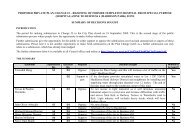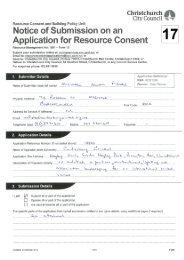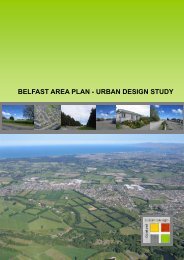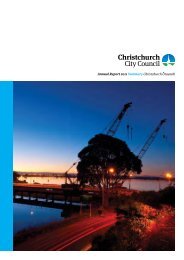Akaroa Historical Overview - Christchurch City Council
Akaroa Historical Overview - Christchurch City Council
Akaroa Historical Overview - Christchurch City Council
Create successful ePaper yourself
Turn your PDF publications into a flip-book with our unique Google optimized e-Paper software.
They appear also on occasion to have towed caught whales into the sheltered waters of<br />
the harbour to “try out” the blubber to produce whale oil on board their vessels. There is<br />
no evidence that try works were established ashore within the harbour basin. Whalers<br />
also came to <strong>Akaroa</strong> from the shore whaling stations in the southern bays for supplies.<br />
The demand of the pelagic whalers for food gave the Maori living in the harbour basin a<br />
profitable economic activity. The first shore settlements of whalers on Banks Peninsula,<br />
from 1837 on, were not in the harbour basin but in the more open southern bays (Peraki,<br />
Ikoraki, Oashore and Island Bay) from which whales could be more easily sighted and<br />
chased. The whalers in the southern bay shore stations began rudimentary farming,<br />
growing potatoes. 18<br />
Although <strong>Akaroa</strong> was never a shore whaling station, four try pots in the town are<br />
reminders that whaling played a key role in the establishment of <strong>Akaroa</strong> as a European<br />
town. These try pots were brought into <strong>Akaroa</strong> in the early 20 th century. The three which<br />
are now set in brick close to the French landing site were placed first, in about 1913, near<br />
the base of Dalys Wharf. It is thought that one came from Peraki, one from Island Bay<br />
and one possibly from Ikoraki. These try pots were moved to their present location in<br />
1970 (refer figure 3.1). The third try pot which stands on its own at the northern end of<br />
Beach Road was recovered from its original (unknown) location probably also in 1913.<br />
There is a fourth try pot in the <strong>Akaroa</strong> Museum, where there are also other whaling<br />
relics.<br />
The try pots are the town’s only tangible reminders of the importance of whaling in its<br />
early history. Their long-term survival is of concern and in 2003, the Director of the<br />
<strong>Akaroa</strong> Museum recommended that the three at the French landing site be removed to<br />
the Museum and the fourth on Beach Road be properly conserved. 19<br />
Figure 3.1. The three whaling try pots set in a brick base close to the French landing<br />
site are <strong>Akaroa</strong>’s most conspicuous reminders of the town’s origins as a whaling port.<br />
18 Pawson in Queen Elizabeth II Trust Essays (1987), pp. 42-43<br />
19 Report by Lynda Wallace, April 2003; Booklet published by the <strong>Akaroa</strong> Mail in conjunction with the<br />
<strong>Akaroa</strong> Civic Trust, ca 1975, p. 17; The Press, 28 September 1926, Supplement, p. III<br />
AKAROA HERITAGE OVERVIEW : SECTION 3 LANDSCAPE & HUMAN HISTORY TO 1840 PAGE 11


